Home>Garden Essentials>How Long Does It Take Turnips To Germinate
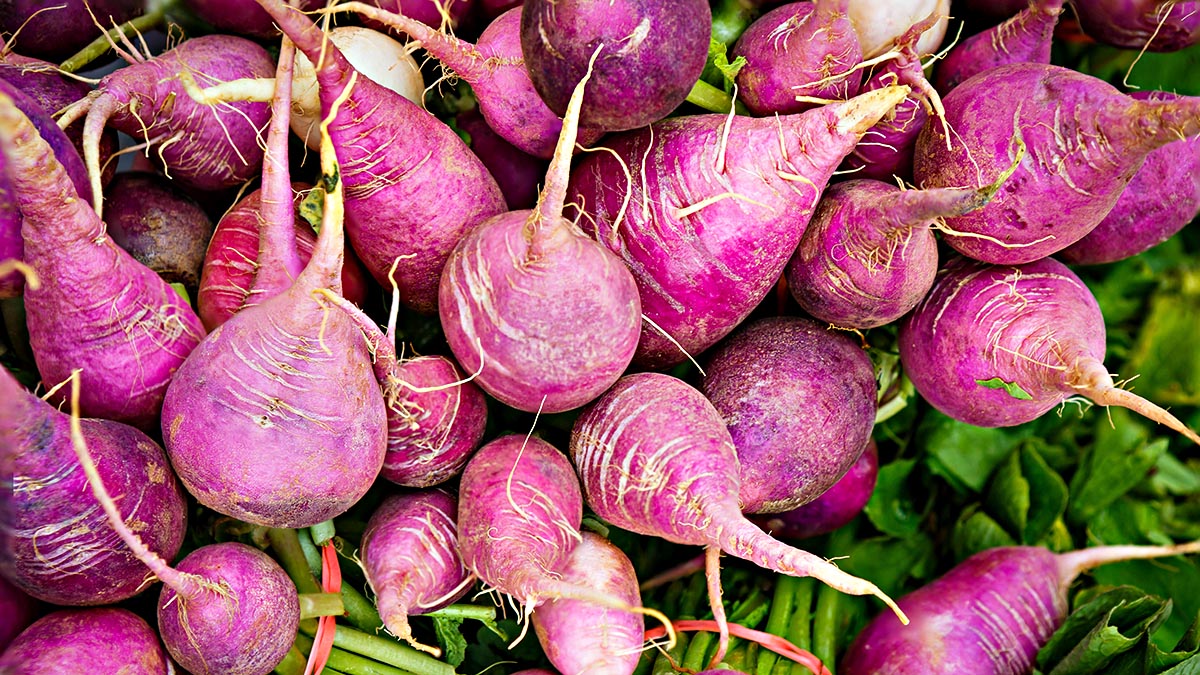

Garden Essentials
How Long Does It Take Turnips To Germinate
Modified: March 24, 2024
Learn how long it takes for turnips to germinate in your garden. Get expert tips and advice on achieving successful seed germination.
(Many of the links in this article redirect to a specific reviewed product. Your purchase of these products through affiliate links helps to generate commission for Storables.com, at no extra cost. Learn more)
Introduction
Welcome to our guide on turnip germination! Whether you’re a seasoned gardener or just starting out, understanding the germination process is essential for successfully growing turnips. The germination period is an exciting time when seeds sprout and transform into thriving plants.
Turnips (Brassica rapa) are cool-season root vegetables that are rich in nutrients and easy to grow. They belong to the brassica family, which also includes cabbage, broccoli, and kale. Turnips are typically grown for their crisp, flavorful roots, but their delicious greens are also edible and packed with vitamins.
Germination is the process by which a seed develops into a new plant. It involves a series of biochemical reactions triggered by moisture, warmth, and oxygen. Understanding the factors that affect turnip germination and creating optimal conditions will greatly improve your chances of success.
In this article, we will explore the factors that affect turnip germination, the optimal conditions for germination, the typical timeframe for turnip seeds to sprout, and some tips for speeding up the process. We will also discuss common problems that may arise during germination and provide troubleshooting tips to help you overcome them.
So, whether you’re planning a beautiful turnip patch in your backyard or looking to grow turnips in containers on your balcony, this guide will provide you with the knowledge and insights you need for successful turnip germination. Let’s dive in!
Key Takeaways:
- Turnip seeds need cool temperatures, moisture, and darkness to sprout. Providing optimal conditions like consistent moisture and proper soil quality can increase the chances of successful germination.
- To speed up turnip germination, pre-soak seeds, maintain warmth, and sow seeds closer together. Troubleshoot common issues like poor germination rates and uneven sprouting to ensure healthy seedling growth.
Factors Affecting Turnip Germination
Several factors can influence the germination of turnip seeds. Understanding these factors will help you create the right conditions for successful germination. Here are some of the key factors that can impact turnip germination:
- Temperature: Temperature plays a crucial role in seed germination. Turnip seeds prefer cooler temperatures for germination, around 50°F to 75°F (10°C to 24°C). Extreme heat or cold can hinder germination or cause poor seedling development.
- Moisture: Adequate moisture is essential for seed germination. Seeds need to be in contact with moist soil to absorb water and begin the germination process. Maintain moist soil conditions during the germination period, but be cautious not to overwater as it can lead to rotting of the seeds.
- Light: Turnip seeds do not require light for germination; in fact, they prefer darkness. Planting the seeds at the recommended depth will ensure they are adequately covered and shielded from light.
- Soil Quality: Good soil quality is essential for successful turnip germination. Sandy loam or well-draining soil is ideal for turnips. Avoid heavy clay soils that can retain excessive moisture and hinder germination. Ensure the soil is fertile, with ample organic matter, to provide nutrients for healthy seedling development.
- Air Circulation: Sufficient air circulation is necessary for proper germination. Avoid overcrowding the seeds, as it can restrict airflow and lead to poor germination rates. Thin out the seedlings once they emerge to ensure they have enough space to grow.
- Seed Quality: The quality of the turnip seeds you use directly impacts germination. Choose fresh, high-quality seeds from reputable suppliers. Poor-quality or old seeds may have lower germination rates and result in weak seedlings.
Each of these factors can significantly influence turnip germination. By providing the optimal conditions for your turnip seeds, you can increase the likelihood of successful germination and ensure healthy seedling development. With these factors in mind, let’s move on to the next section to discuss the optimal conditions for turnip germination.
Optimal Conditions for Turnip Germination
To maximize the germination success of turnip seeds, it’s important to create the optimal conditions. By providing the right environment, you can give your seeds the best chance to sprout and grow into healthy seedlings. Here are the optimal conditions for turnip germination:
- Temperature: Turnip seeds germinate best in cool temperatures ranging from 50°F to 75°F (10°C to 24°C). Avoid extreme heat or cold, as it can hinder the germination process and affect seedling development. If you live in a warmer climate, consider starting turnip seeds indoors or during the cooler seasons.
- Moisture: Adequate moisture is crucial during germination. Ensure the soil is consistently moist but not waterlogged. Water the planted seeds gently to avoid displacing them or causing compacted soil. A good rule of thumb is to keep the top inch of soil evenly moist until germination occurs.
- Light: Turnip seeds do not require light for germination. In fact, they prefer darkness. Plant the seeds at the recommended depth, typically around ½ to 1 inch deep, to ensure they are adequately covered and protected from light. If you’re using containers, cover them with a breathable material until the seeds germinate.
- Soil Quality: Turnips prefer well-draining soil to prevent waterlogging. Sandy loam or loamy soils with good fertility and organic matter content are ideal for turnip germination. Prepare the soil by loosening it before planting and remove any debris or stones that may impede seed growth.
- pH Levels: Turnips prefer slightly acidic to neutral soils, with a pH range between 6.0 and 7.0. Test the soil’s pH level prior to planting and make any necessary adjustments by adding organic matter or soil amendments. This will ensure that the soil pH is optimal for turnip germination and subsequent growth.
- Protection from Pests: Pests, such as birds, can disturb the soil and eat or uproot the seeds, compromising germination. Consider using physical barriers or protective netting to shield the seeds from potential predators until they germinate and establish.
By providing the optimal conditions of temperature, moisture, darkness, soil quality, pH levels, and protection from pests, you are setting the stage for successful turnip germination. Now, let’s explore the typical timeframe for turnip seeds to sprout.
Germination Timeframe for Turnip Seeds
The germination timeframe for turnip seeds can vary depending on various factors, including the conditions provided and the seed quality. On average, turnip seeds take about 5 to 10 days to germinate. However, it is important to note that germination can sometimes occur earlier or take longer, depending on the specific circumstances.
Temperature plays a significant role in the germination timeframe. Warmer temperatures, closer to the upper range of the optimal temperature range (around 75°F or 24°C), can result in faster germination. Conversely, cooler temperatures may lengthen the germination timeframe. It’s important to maintain a consistent temperature range for optimal germination.
During the germination period, it’s crucial to keep the soil moist but not overly saturated. Check the moisture level regularly and water gently to maintain the desired moisture level. Avoid overwatering, as it can lead to waterlogged soil or poor seedling development. Consistent moisture levels will help facilitate the germination process.
It’s important to be patient while waiting for turnip seeds to germinate. Some seeds may sprout earlier, while others may take longer. Factors such as seed quality, soil conditions, and environmental factors can affect germination time. Keep an eye on the planted seeds and provide the optimal conditions for the best possible outcome.
Once the seeds have germinated, the tiny seedlings will emerge from the soil. At this stage, it’s essential to provide them with adequate sunlight and proper care to promote healthy growth. Gradually acclimate the seedlings to more sunlight, but be cautious of extreme conditions that can stress or shock the delicate plants.
Remember to consult the seed packet or supplier for any specific germination information related to the turnip variety you are growing. This will provide you with more accurate guidelines for the expected germination timeframe.
Now that we have discussed the germination timeframe for turnip seeds, let’s move on to some helpful tips for speeding up the germination process.
Turnips typically take 5-10 days to germinate. Keep the soil consistently moist and provide plenty of sunlight for best results.
Tips for Speeding up Turnip Germination
If you’re eager to see your turnip seeds sprout and start growing, there are several tips and techniques you can employ to help speed up the germination process. While germination time is influenced by various factors, optimizing these conditions can enhance the speed of turnip germination. Here are some tips for speeding up turnip germination:
- Pre-soaking the seeds: Pre-soaking the turnip seeds in water before planting can help soften the seed coat and speed up germination. Place the seeds in a container with water and let them soak for 12 to 24 hours before planting. Make sure to discard any seeds that float as they are likely not viable.
- Warm up the soil: Providing slightly warmer soil temperatures can expedite turnip germination. Consider using a heating mat or placing the seed trays or containers in a warm location, such as on top of the refrigerator or near a heat source. Just ensure the temperature remains within the optimal range for turnip seeds.
- Use a germination tray or greenhouse: Using a germination tray or a greenhouse can create a controlled and favorable environment for turnip germination. These enclosed spaces help retain moisture and warmth, creating optimal conditions for quicker seed sprouting. Ensure proper ventilation to prevent excessive humidity.
- Provide consistent moisture: Maintaining consistent moisture levels is key to promoting faster germination. Keep the soil evenly moist by misting it regularly or using a spray bottle. Avoid overwatering, as excess moisture can lead to rotting or fungal issues. Using a clear plastic cover or a humidity dome can help retain moisture around the seeds.
- Sow the seeds closer together: Sowing turnip seeds closer together can create a mini microclimate that helps retain moisture and warmth. The proximity of the seeds can create a more humid environment, conducive to quicker germination. However, be prepared to thin out the seedlings once they emerge, providing adequate spacing for healthy plant development.
- Choose fast-maturing varieties: Some turnip varieties germinate and mature faster than others. Check the seed packet or consult with your local nursery to select fast-maturing varieties. These varieties are bred to have shorter germination periods, allowing you to enjoy turnip harvests in a shorter time frame.
By following these tips, you can help speed up the germination process for your turnip seeds. Remember to maintain optimal conditions, monitor the moisture levels, and provide adequate warmth to promote quicker sprouting. Now, let’s address some common problems that may arise during turnip germination and how to troubleshoot them.
Read more: How Long Does Rosemary Take To Germinate
Common Problems and Troubleshooting
While turnip germination is generally a straightforward process, there are some common issues that may arise. Understanding these problems and knowing how to troubleshoot them can help you overcome any challenges and ensure successful germination. Here are some common problems and their respective troubleshooting techniques:
- Poor germination rate: If you notice a low germination rate, it could be due to various factors such as old or poor-quality seeds, incorrect planting depth, inadequate moisture, or unsuitable temperature. To address this, try using fresh seeds from a reliable source, ensure proper planting depth, maintain consistent moisture levels, and provide optimal temperature conditions.
- Uneven germination: Uneven germination may be caused by inconsistent moisture levels, improper planting techniques, or variations in soil temperature. To resolve this issue, ensure the soil is evenly moist throughout the germination period, plant seeds at the recommended depth, and maintain a consistent temperature range.
- Disease and pest issues: Turnip seeds and seedlings can be susceptible to various diseases and pests such as damping-off, root rot, flea beetles, or aphids. To prevent these problems, ensure proper sanitation practices, maintain good air circulation, and consider using organic pest control methods, such as neem oil or insecticidal soap, if necessary.
- Seedling damping-off: Damping-off is a fungal disease that can cause seedlings to wilt and die. To prevent this, use sterilized soil or seed starting mix, avoid overwatering, and maintain proper ventilation to reduce excess humidity. If damping-off occurs, remove the affected seedlings and ensure the remaining seedlings are provided with optimal conditions.
- Poor seedling growth: If your seedlings appear weak or stunted, it may be due to inadequate light, nutrients, or improper watering. Ensure that your seedlings receive sufficient light, either by placing them near a sunny window or using artificial grow lights. Provide them with a balanced fertilizer according to package instructions, and water them consistently, avoiding both overwatering and underwatering.
- Weed competition: Weeds can compete with turnip seedlings for nutrients and water, hindering their growth. Regularly inspect your germination area and promptly remove any weeds that appear. Mulching can also be beneficial in suppressing weed growth and conserving soil moisture.
By addressing these common problems and implementing the appropriate troubleshooting techniques, you can overcome challenges during turnip germination and promote healthy seedling growth. Remember that patience and regular monitoring of your germinating seeds are key to successful troubleshooting.
Now that we have discussed common problems and their troubleshooting techniques, let’s conclude our guide on turnip germination.
Conclusion
Congratulations! You have now reached the end of our comprehensive guide on turnip germination. By understanding the factors that affect germination, creating optimal conditions, and troubleshooting common problems, you are well-equipped to grow healthy turnip seedlings.
Remember that turnips, being cool-season vegetables, thrive in cooler temperatures and prefer slightly acidic to neutral soil. Providing consistent moisture, proper soil quality, and adequate spacing are essential for successful germination.
By following the tips for speeding up germination, such as pre-soaking seeds and maintaining optimal temperature and moisture levels, you can expedite the process and witness the emergence of your turnip seedlings sooner.
If challenges or issues arise, don’t be discouraged. Common problems like poor germination rates, disease, and pests can be overcome with proper troubleshooting techniques. Replace old or poor-quality seeds, ensure good sanitation practices, and provide the necessary conditions for healthy plant growth.
Remember to continually monitor your germinating turnip seeds, provide them with care, and provide adequate sunlight and nutrients to support their growth. Before long, you’ll have a vibrant turnip patch ready to provide you with nutritious and delicious root vegetables and greens.
Now it’s time to put your knowledge into practice and start the rewarding journey of turnip germination. Best of luck, and may your turnip garden be abundant and bountiful!
Frequently Asked Questions about How Long Does It Take Turnips To Germinate
Was this page helpful?
At Storables.com, we guarantee accurate and reliable information. Our content, validated by Expert Board Contributors, is crafted following stringent Editorial Policies. We're committed to providing you with well-researched, expert-backed insights for all your informational needs.

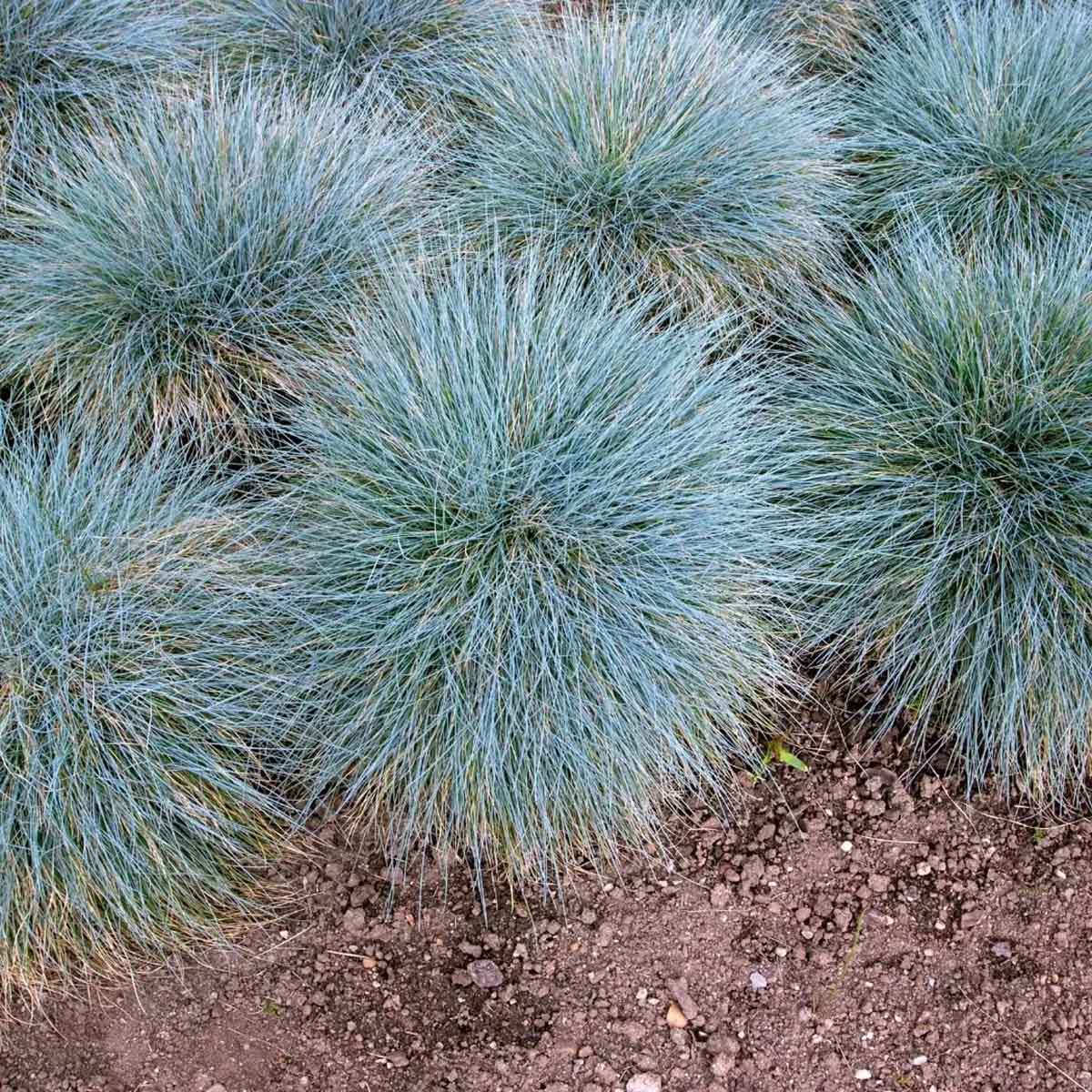
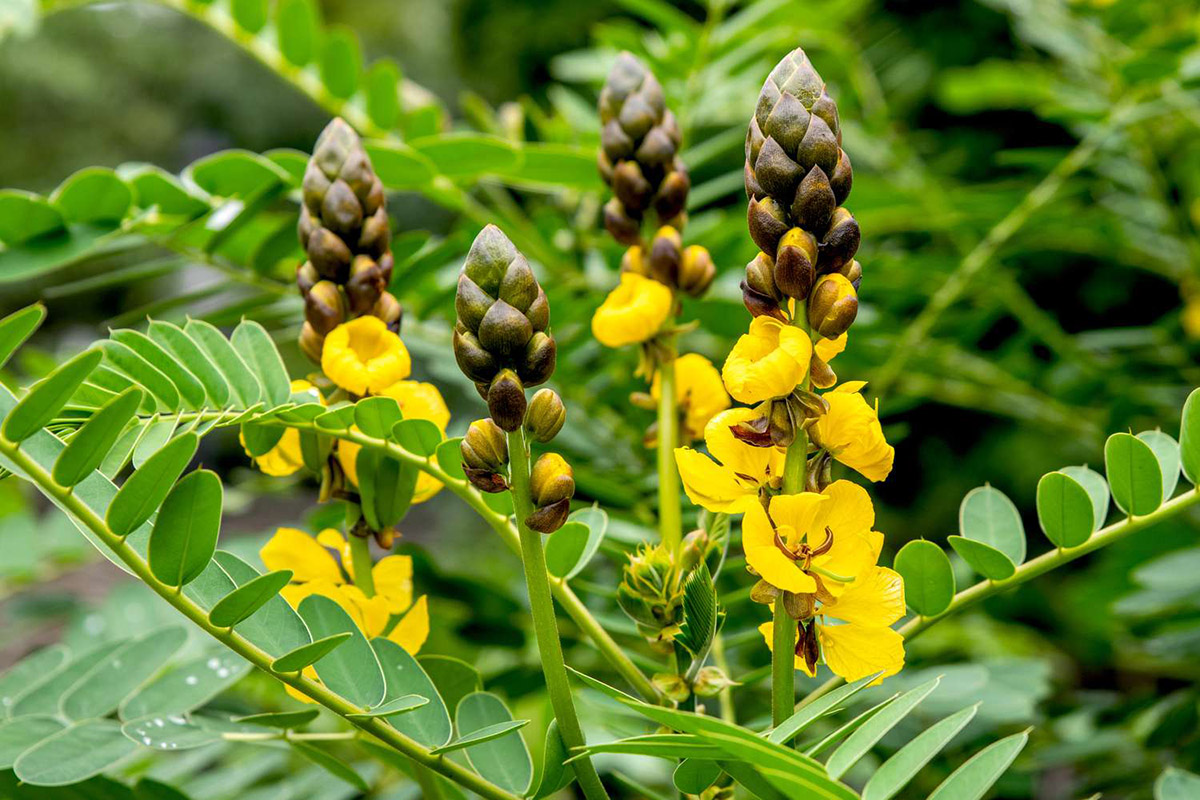
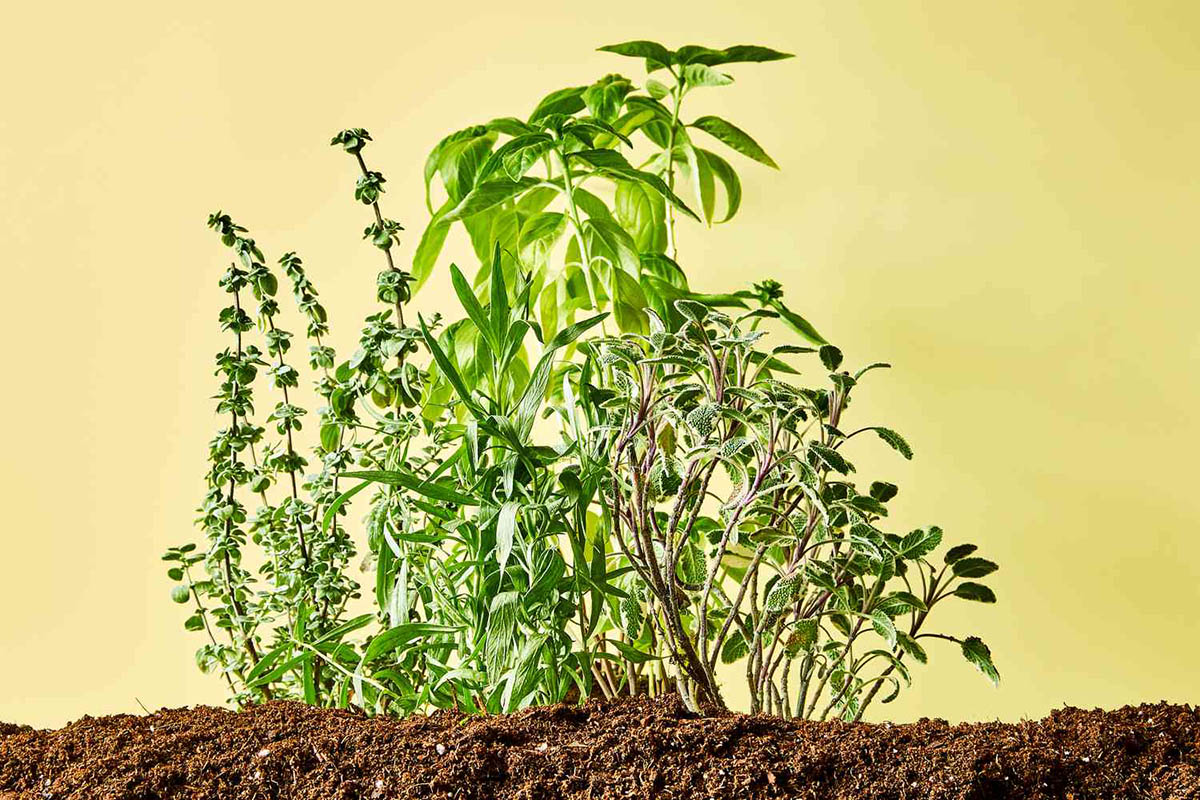
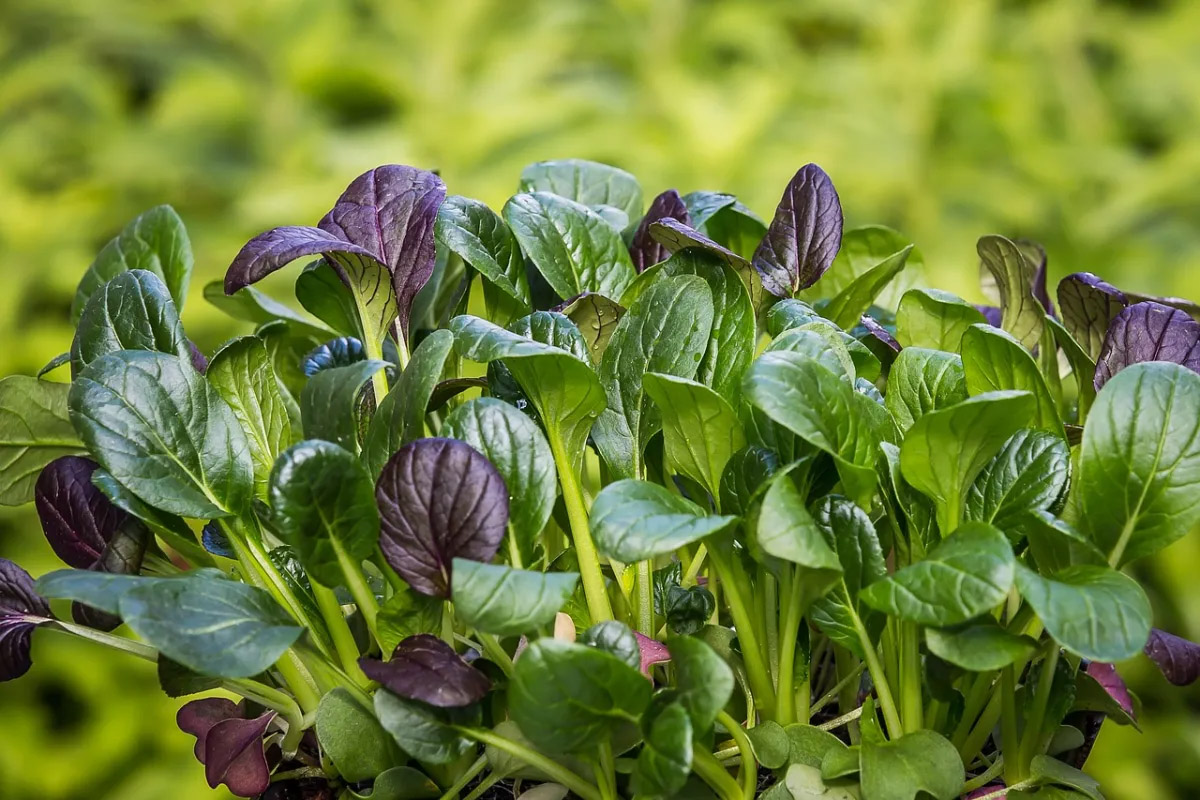
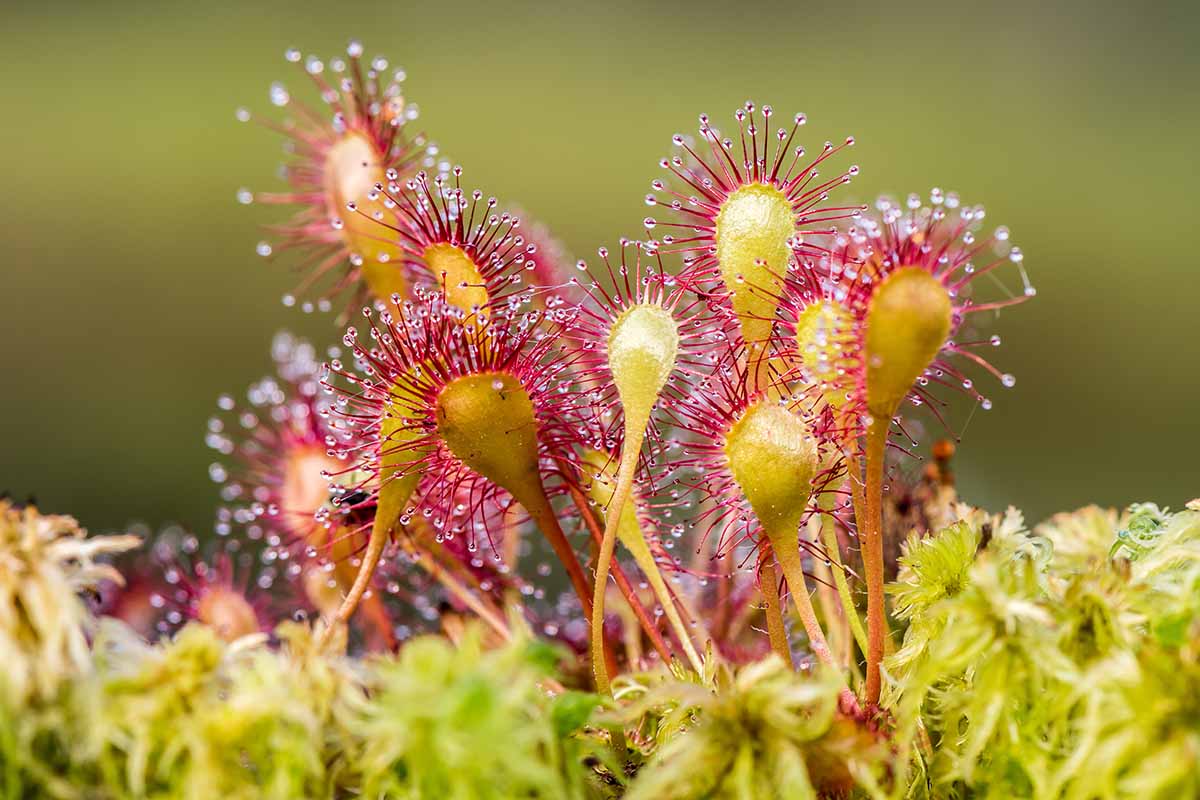
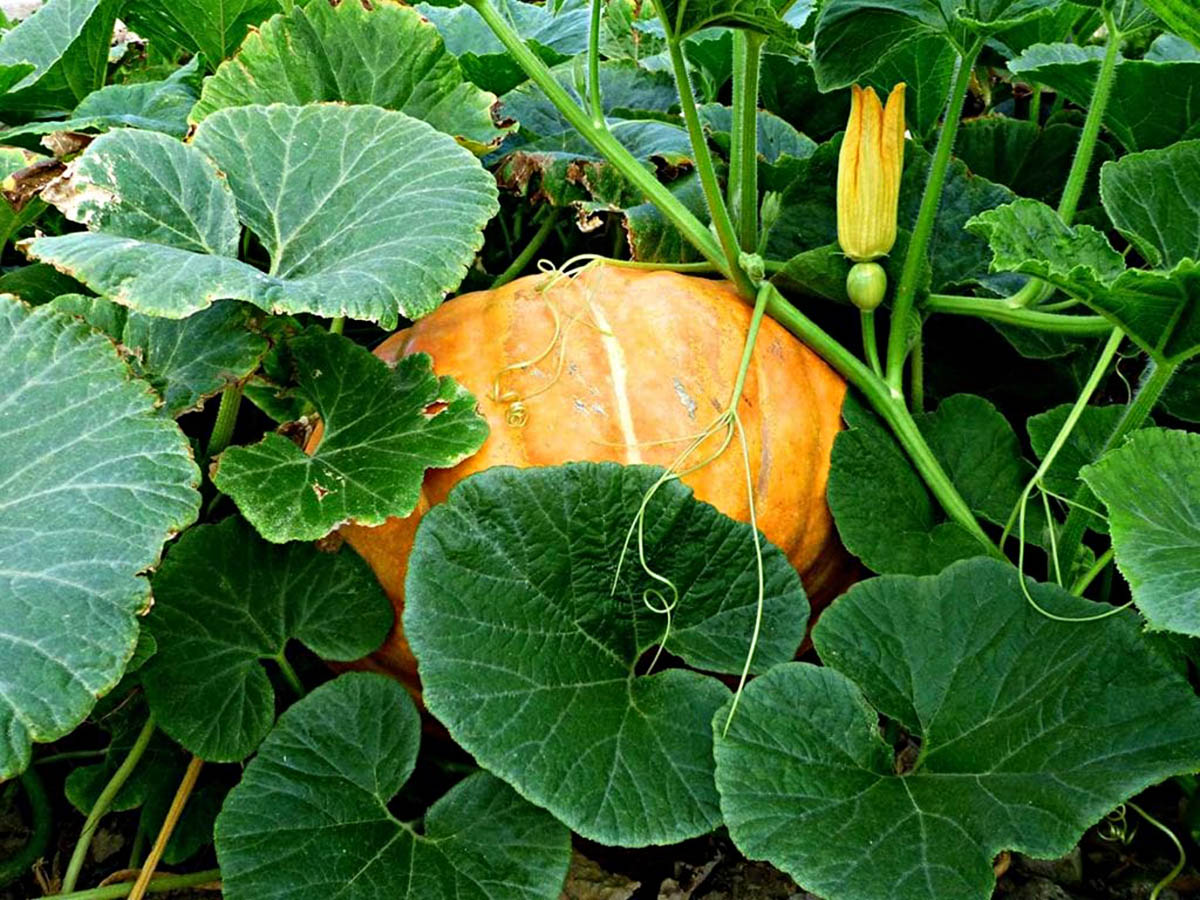
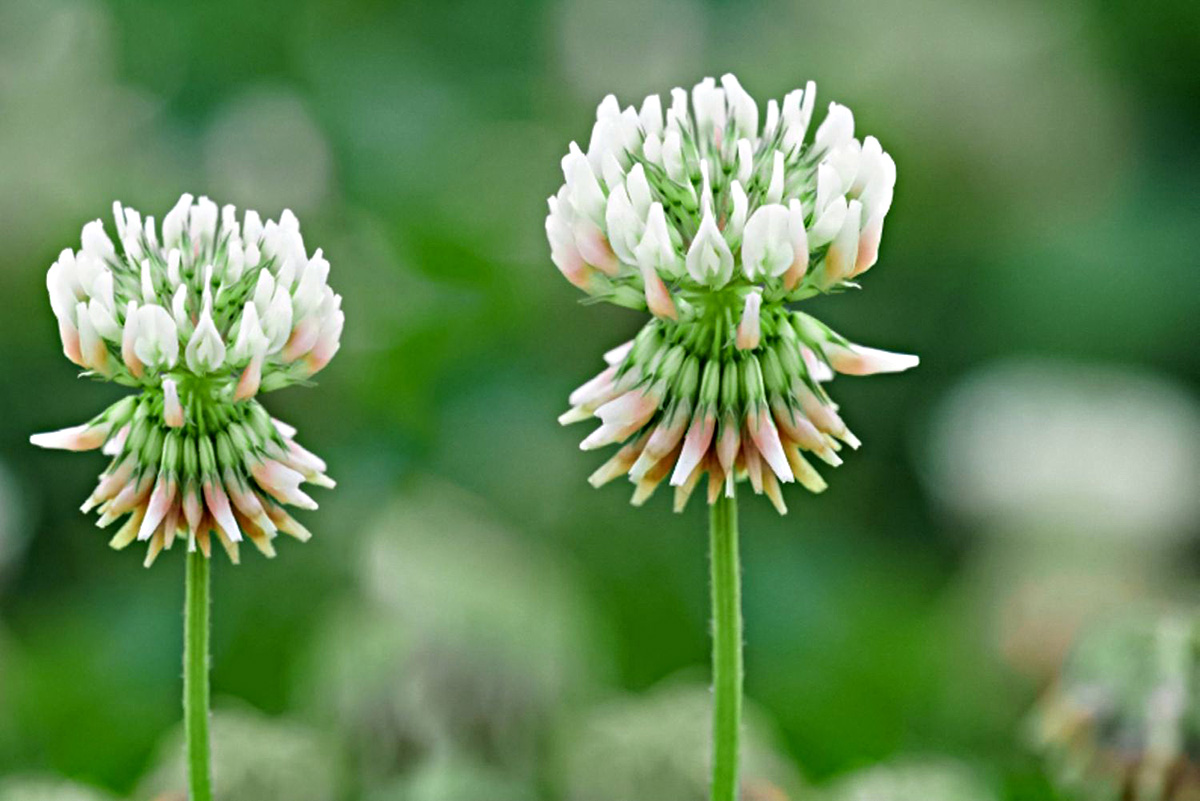
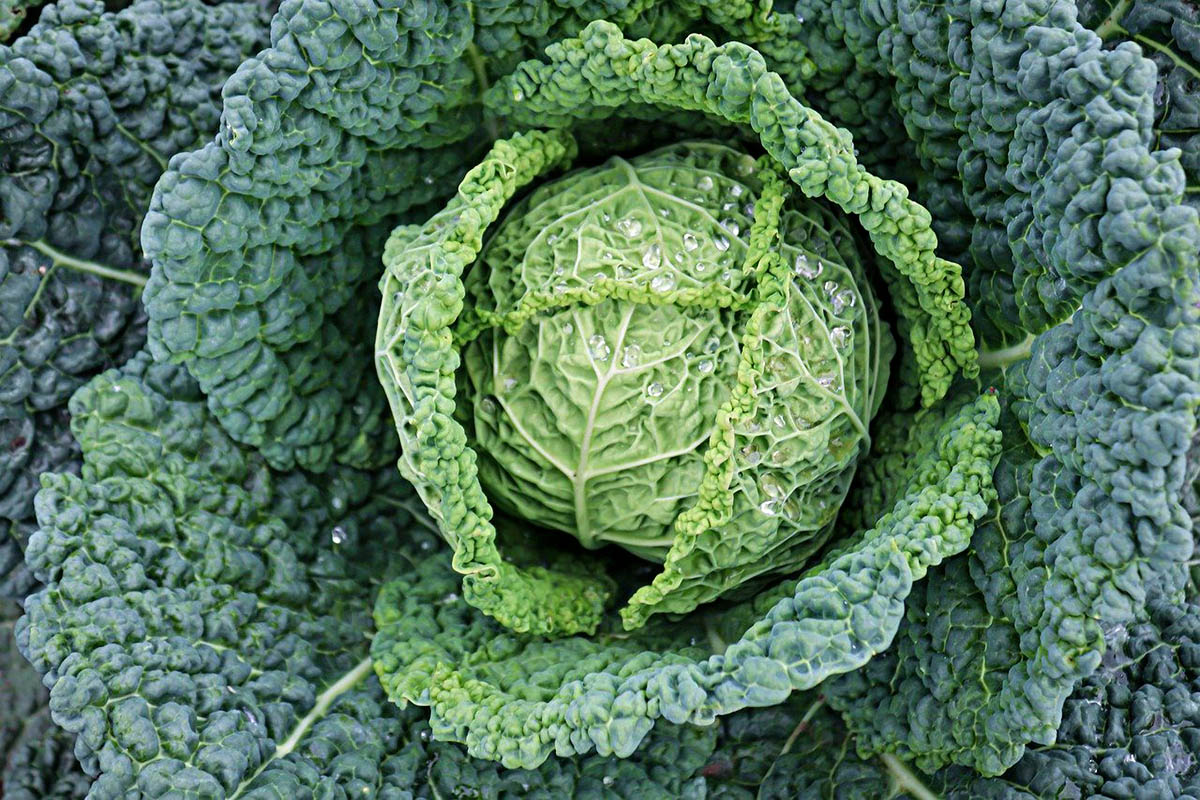

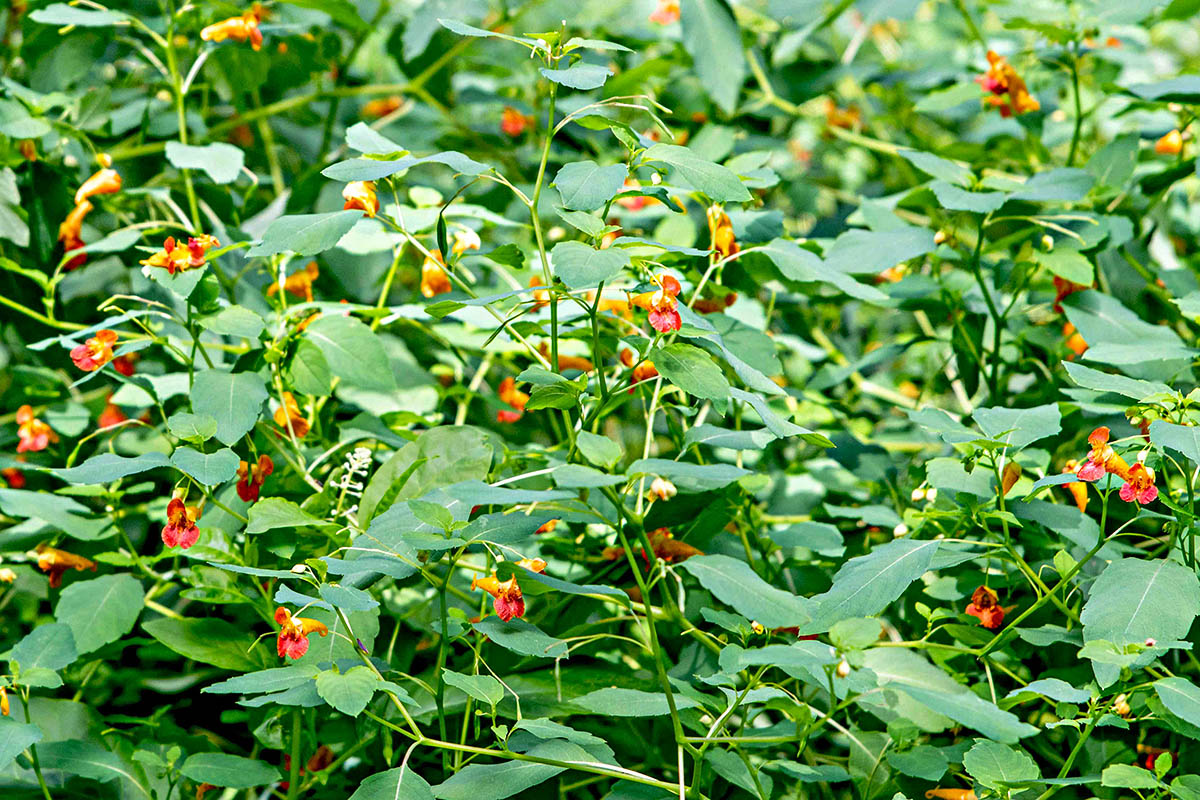
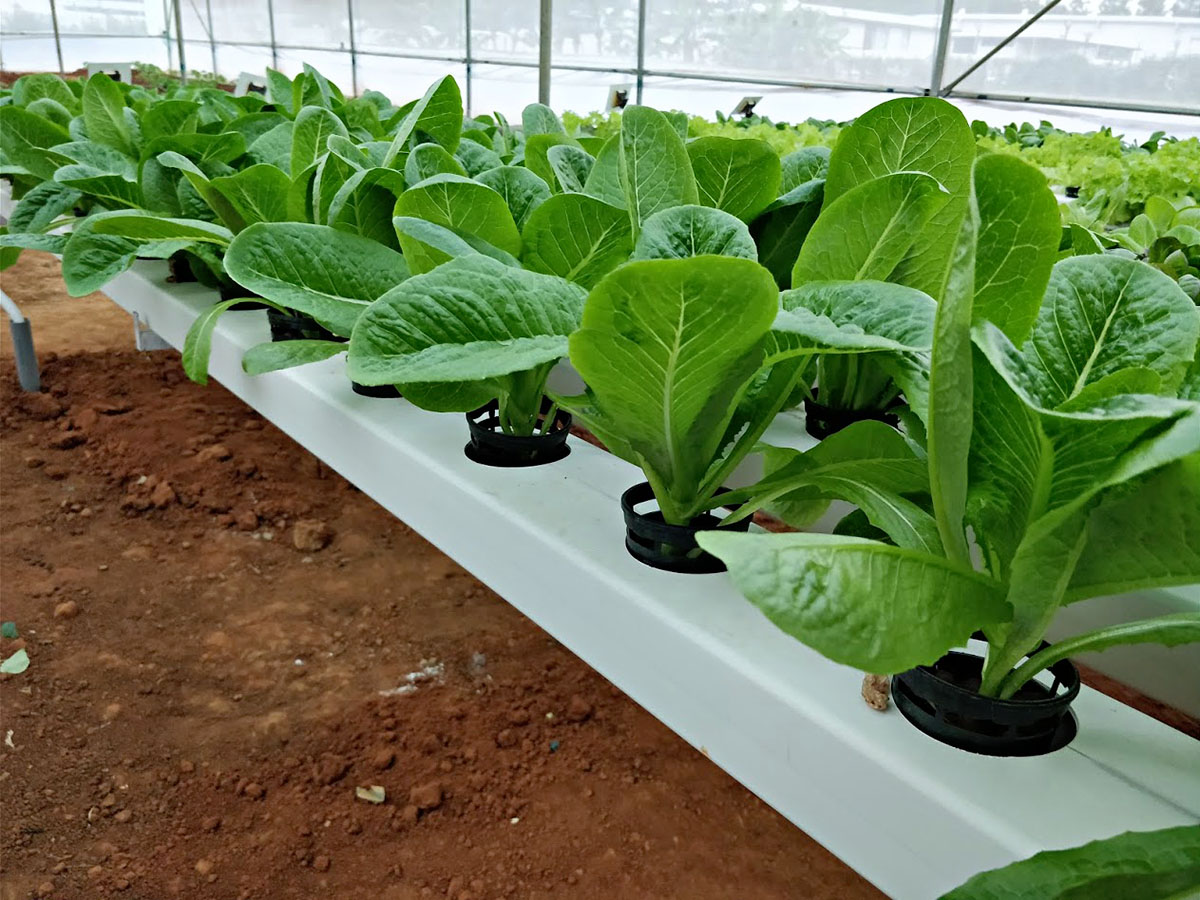
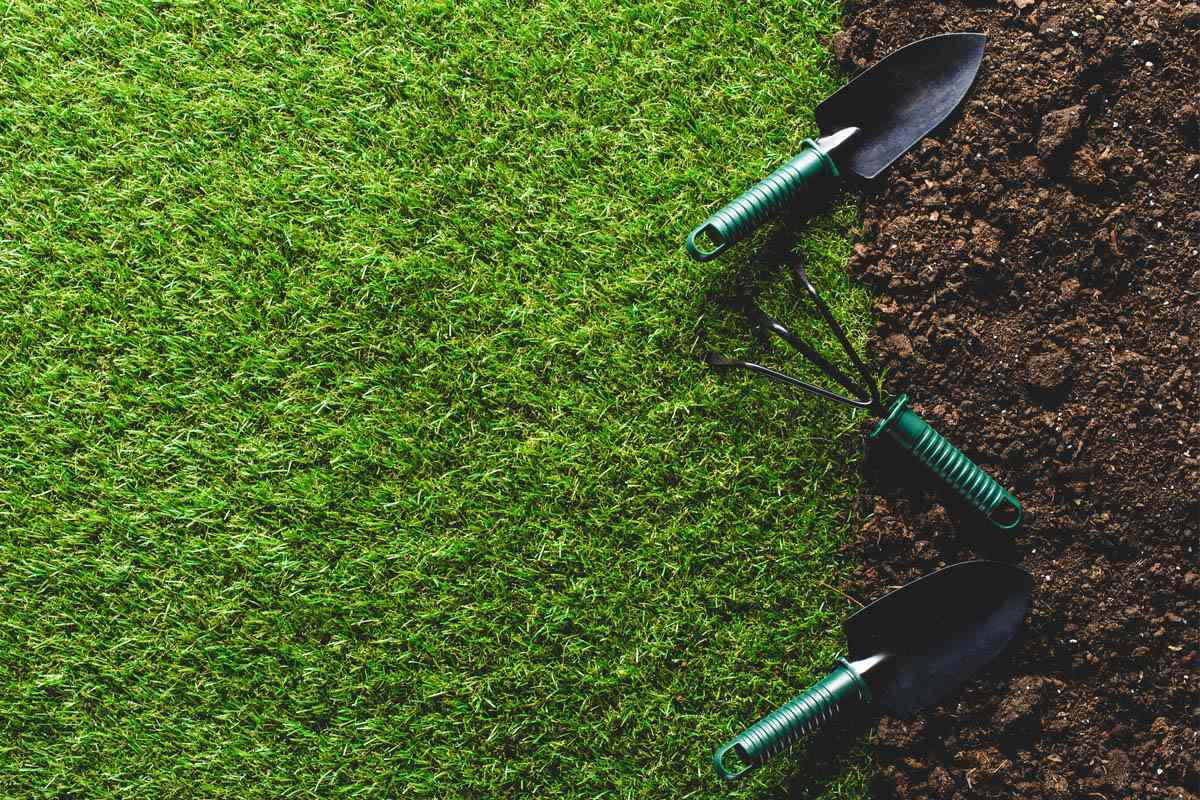
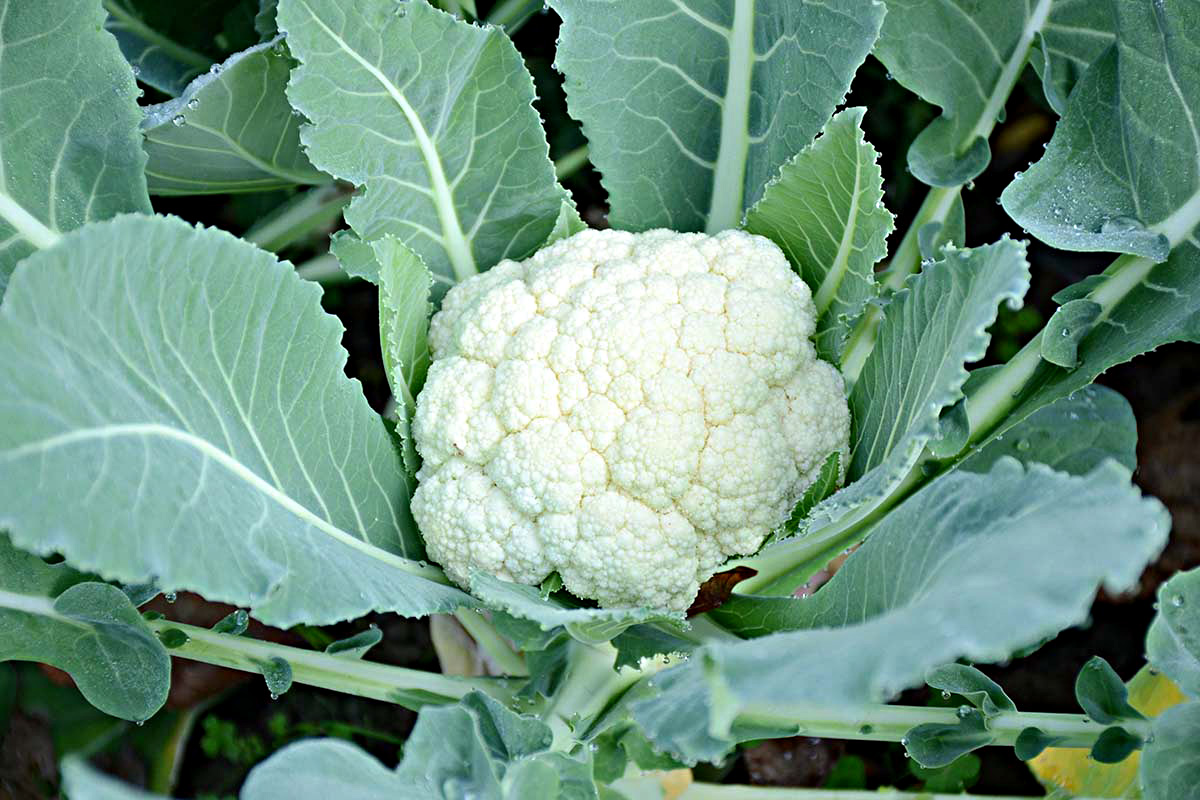

0 thoughts on “How Long Does It Take Turnips To Germinate”